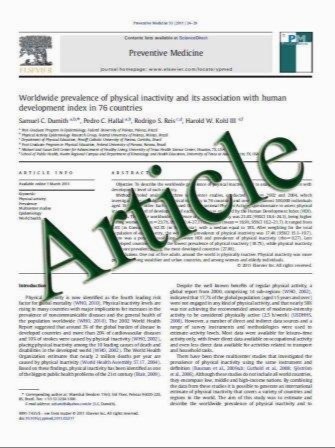Intragastrically Administered Lysophosphatidic Acids Protect Against Gastric Ulcer in Rats Under Water-Immersion Restraint Stress
- نوع فایل : کتاب
- زبان : انگلیسی
- مؤلف : Mika Adachi Gou Horiuchi Natsuki Ikematsu Tamotsu Tanaka Junji Terao Kiyoshi Satouchi Akira Tokumura
- چاپ و سال / کشور: 2011
Description
Background and Aim Lysophosphatidic acid exerts important physiological effects on many types of animal cells through its specific binding to several G protein-coupled receptors. In particular, its potent wound-healing effect has attracted much attention. To determine whether lysophosphatidic acids in a foodstuff and Chinese medicine are effective in protecting against gastric ulcer, we subjected rats to water-immersion restraint stress. Methods and Results Three direct administrations of a solution of lysophosphatidic acid with a C18 fatty acyl group to the rat stomach in a concentration range of 0.001–0.1 mM resulted in a significant reduction in the number of gastric ulcers induced during water-immersion restraint stress, and the potencies were as follows: linoleoyl species = a-linolenoyl species[oleoyl species. Intragastric administrations of a solution of highly purified lysophosphatidic acid from soybean lecithin significantly protected against the stress-induced gastric ulcers at lower concentrations than partially purified lysophosphatidic acid from soybean lecithin did. In addition, administration of a decocted solution of antyu-san, and lysophosphatidic acidrich Chinese medicine, to the stomach was more effective in protecting against stress-induced ulcer than decoctations of antyu-san lacking the corydalis tuber component that is rich in lysophosphatidic acid. Conclusions These results clearly show that lysophosphatidic acid is the effective component of soybean lecithin and antyu-san in protection against stress-induced gastric ulcer in the rat model, and suggest that daily intake of lysophosphatidic acid-rich foods or Chinese medicines may be beneficial for prevention of stress-induced gastric ulcer in human subjects.
Dig Dis Sci (2011) 56:2252–2261 DOI 10.1007/s10620-011-1595-0 Received: 6 August 2010 / Accepted: 21 January 2011 / Published online: 6 February 2011


